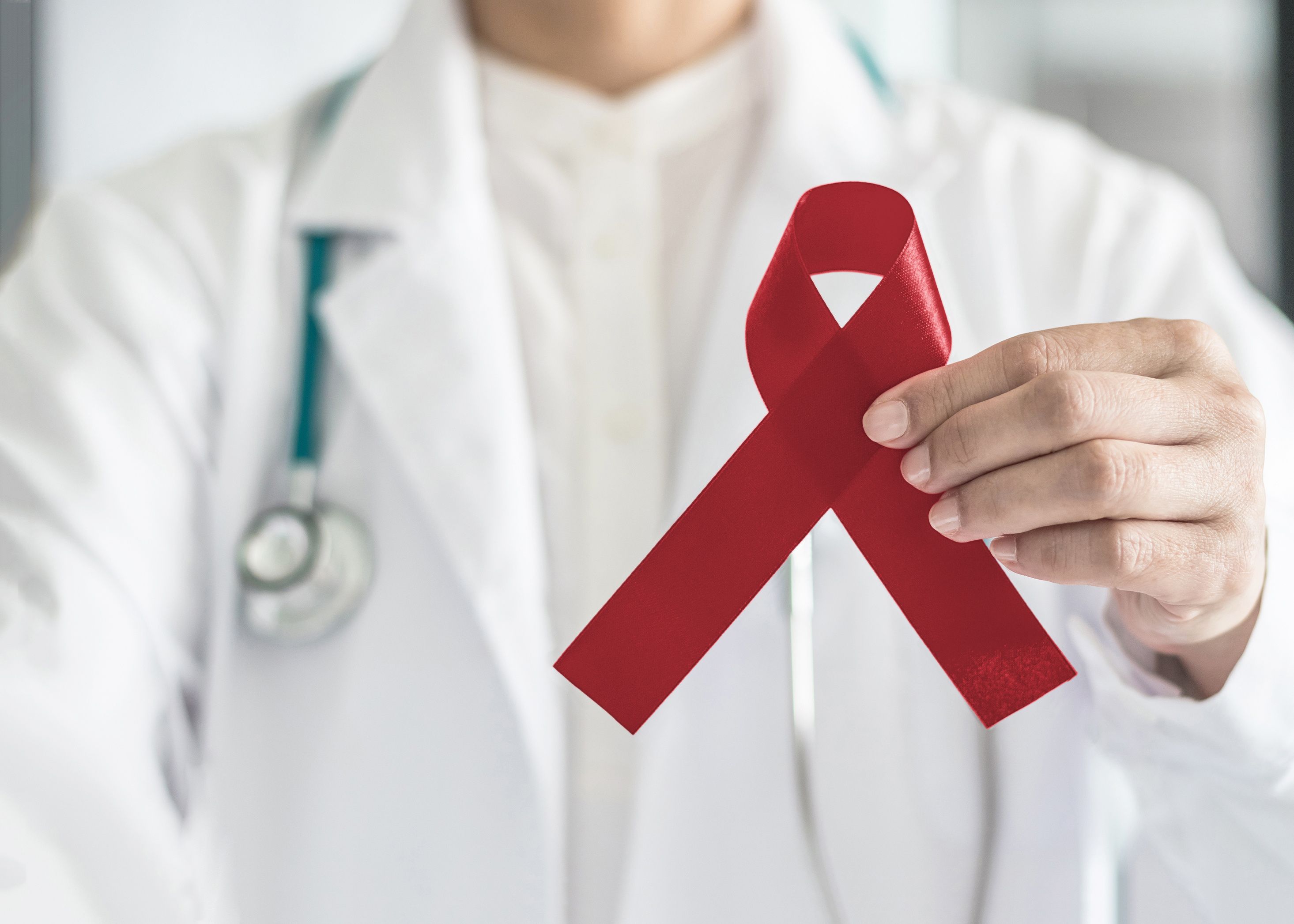Opinion
Video
Breaking New Ground: Emerging Therapies for Treatment of EGFR-Positive NSCLC
Author(s):
A panelist discusses how emerging advancements in non–small cell lung cancer (NSCLC) treatment include the anticipated FDA approval of subcutaneous amivantamab, which would significantly reduce infusion-related reactions seen in the MARIPOSA trials while improving patient experience and reducing infusion center chair time, as well as promising antibody-drug conjugates like sacituzumab govitecan (Trodelvy) that may provide better first and second-line treatment options with potentially less toxicity than current standard regimens.
Emerging Advancements in EGFR-Positive NSCLC Treatment
Near-Future Developments
Subcutaneous Amivantamab
Anticipated FDA approval represents a significant advancement in delivery method
• Clinical benefits:
o Expected reduction in infusion-related reactions, which are currently reported at high rates in MARIPOSA and MARIPOSA-2 trials
o Potential to improve patient experience and adherence
o Reduced infusion center chair time, improving health care resource utilization
o Particularly valuable for first-line treatment settings
TROP-2 Inhibitors
• Antibody-drug conjugates showing promising results
• Specific agent: Datopotamab deruxtecan (Dato-DXd, Trodelvy)
• Potential applications:
o Emerging second-line treatment option with improved efficacy data
o Possible future role in first-line settings
o May offer improved outcomes while reducing toxicity compared with current standard second-line therapies
These developments highlight the continued evolution of targeted therapy approaches in EGFR-positive NSCLC, with innovations focused on both improving efficacy and reducing treatment-associated burdens for patients.
Newsletter
Stay informed on drug updates, treatment guidelines, and pharmacy practice trends—subscribe to Pharmacy Times for weekly clinical insights.






